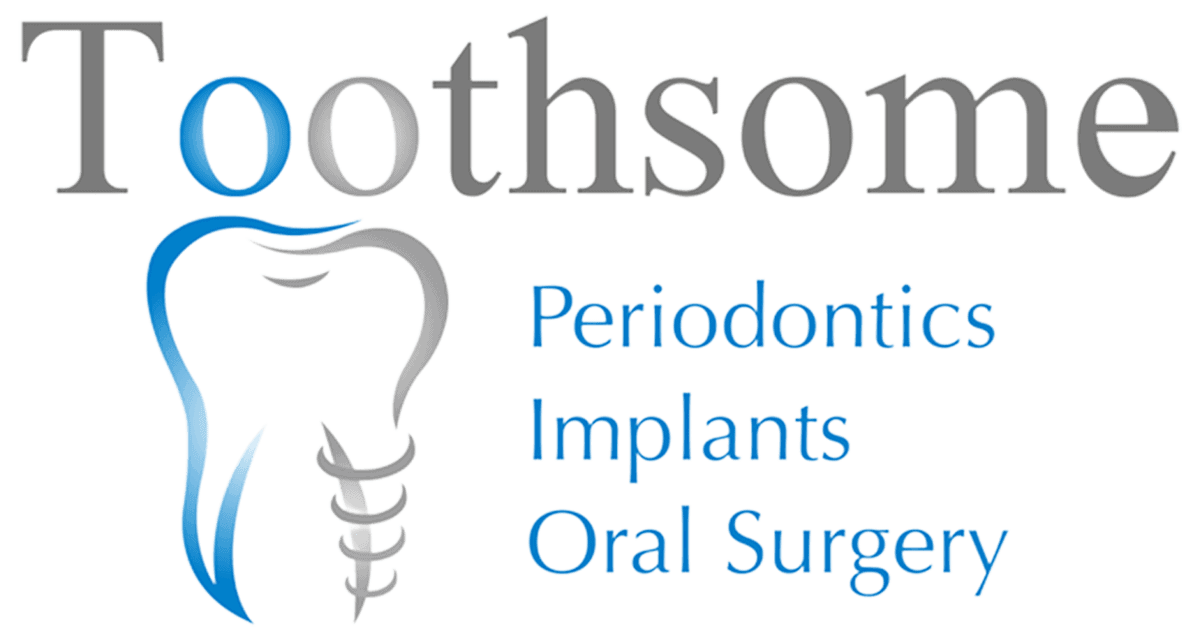
What are the gingivitis symptoms? Is the condition curable and preventable? We want to make certain that you have all of the information you need about gingivitis, so we’ve put it all in this one post. Keep reading to learn more.
What is gingivitis?
Gingivitis is the widespread inflammation of the gum tissue that surrounds the natural teeth. Usually, the condition is not painful and comes with very mild symptoms. However, if ignored, this gum inflammation can develop into a gum disease called periodontitis, which then creates more severe issues for your gums and teeth. To prevent gum disease, you may need to come in for more checkups and cleanings. The most troublesome part of gingivitis is that its symptoms are so mild a lot of people don’t realise they have it. Or even if they do, they completely ignore it thinking it will eventually go away on its own.
What causes gingivitis?
Gingivitis is caused by plaque around the teeth and gums. If this isn’t removed, it turns into tartar. This substance is so hard that brushing alone will not remove it. When tartar builds up, it begins to attack the base of the teeth close to the gum line. This then creates pockets where more plaque can build up and cause further irritation.
While poor oral care is the primary cause of gingivitis, smoking cigarettes, having diabetes and vitamin deficiencies also heighten your risk of developing gingivitis.
What are gingivitis symptoms?
Gingivitis is often first identified by the colour of your gums. For example, healthy gums are pale pink in colour. In addition, the healthy gum tissue will fit snugly around teeth and underlying bone.

The following symptoms may indicate that you have gingivitis:
- Bleeding gums when flossing or brushing
- Constant bad breath
- Receding gums
- Tender gums
- Swollen or puffy gums
- Dark red gums
Although the symptoms may not be painful, do not ever ignore them, as they might progress into bigger issues.
How is gingivitis diagnosed?
A dentist will often do different tests during a dental examination to determine if a patient has gingivitis or periodontitis.
- To see if the patient has any previous or current gum disease or other conditions that could lead to periodontitis, the dentist takes a detailed account of their medical history. They will ask about oral hygiene routines and whether a patient is taking any medication. They might also inquire about their diet or whether they drink or smoke regularly.
- The tongue, mouth, gums, and teeth are examined for signs of inflammation and plaque. The dentist will also check the patient’s teeth for sensitivity, investigate if any teeth movement has occurred, and whether the teeth are properly aligned.
- The dentist will take X-rays of the jaw to see how severe the gum problems are and if there is any jaw bone loss.
How to treat gingivitis?
Scaling
If the dentist finds it necessary to remove plaque from below a patient’s gum line, they may use scaling. Scaling is a teeth-cleaning procedure that can eliminate the early symptoms of gum disease.
Root planing
Root planing is a process that smooths out the teeth roots, which helps to prevent bacteria from accumulating. By creating a smooth surface, root planing also allows the gums to reattach better to the teeth.
The dentist can prevent gingivitis from worsening, manage tooth decay, and protect the roots of teeth through scaling and planing.
Dental restoration, if required
Teeth that are not aligned correctly or dental restorations such as crowns, bridges or other appliances that do not fit properly can irritate your gums and make it more difficult to remove plaque during daily dental care. If your gingivitis is caused by dental problems or restorations, your dentist will recommend fixing them.
Ongoing care
Gingivitis generally disappears following a professional cleaning as long you maintain good oral hygiene habits at home. Planning regular dental checkups and cleanings with your dentist will help you maintain healthy teeth.
If you brush and floss your teeth at home as regularly as you should, which is at least twice a day but ideally after every meal, the gum tissue around your teeth should return to its healthy pink colour within a few days or weeks.
What happens if gingivitis is left untreated?
Gingivitis is a disease that will advance if you don’t get professional treatment for it. Left untreated, it may develop into periodontitis which can cause irreparable damage to your jawbone and gum tissue. Periodontal disease affects not only your oral health but your overall health, too. In fact, studies have connected it to other serious medical conditions like heart disease and diabetes.

When gum disease weakens your gums, spaces are created around the root of the tooth and the gum called periodontal pockets, that hold bacteria that cause further damage.
As a result of untreated periodontitis, your teeth can become loose and eventually fall out. Treatment for early periodontitis is less severe and only requires deep cleaning of the pockets near the gums by a periodontist. If you have severe periodontitis, you may require minor surgery such as flap surgery or bone grafting procedures.
How to keep your teeth and gums healthy?
Treating gingivitis is only the first step: maintaining good dental habits afterwards is key to preventing a recurrence of the infection.
Be sure to brush at least twice daily, and make one of those times before going to bed. Why is that important? Because more bacteria build up in your mouth while you’re asleep.
Don’t let sensitive gums hinder your brushing routine. Brushing keeps your mouth clean, and this is essential, especially if you have an infection. Ask your dentist to demonstrate to you the proper way to clean your teeth if needed.
Additionally, you should avoid tobacco products, get adequate nutrition and exercise regularly. Maintaining proper oral hygiene habits at home combined with regular visits to the dentist can help prevent gingivitis or at least reduce its severity if it does occur.
Get healthy teeth and gums at Toothsome
If you have bleeding gums or it’s been a while since your last dental checkup, please come and visit Toothsome Implants Chatswood. Our experienced and highly qualified dentists are here to help you restore and maintain healthy gums and teeth. We provide a comprehensive range of services, including scaling, root planing, periodontal treatments, dental restoration and preventive care. Contact us today on these numbers below to book your appointment.
- Sydney CBD on (02) 9159 3728
- Baulkham Hills on (02) 9158 6637
- Chatswood on (02) 8203 8786


